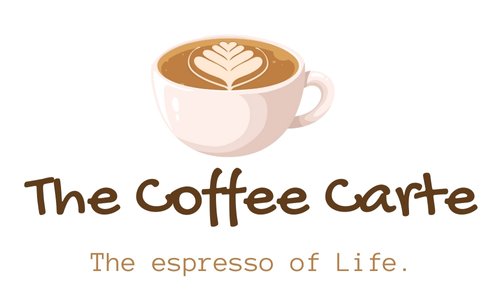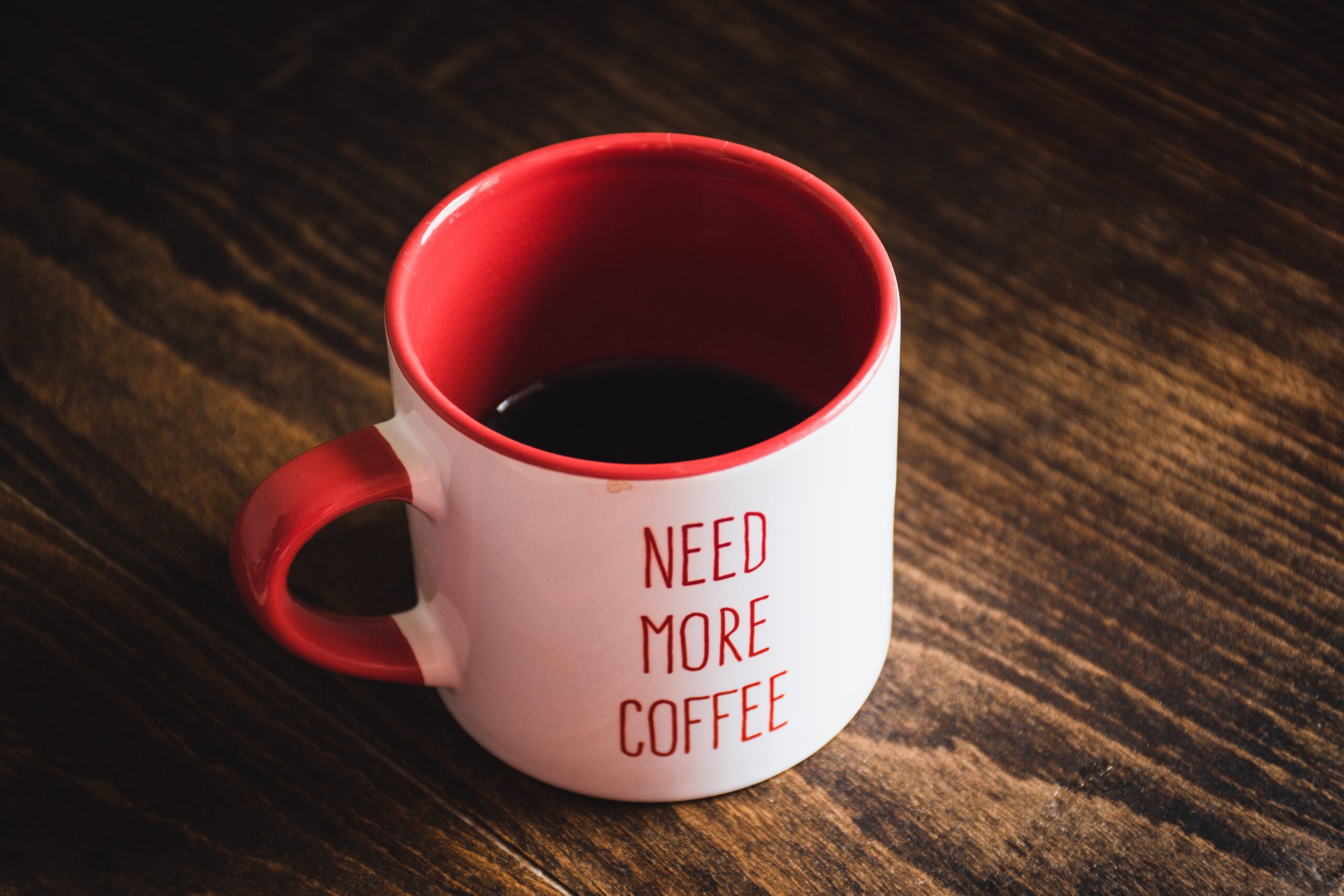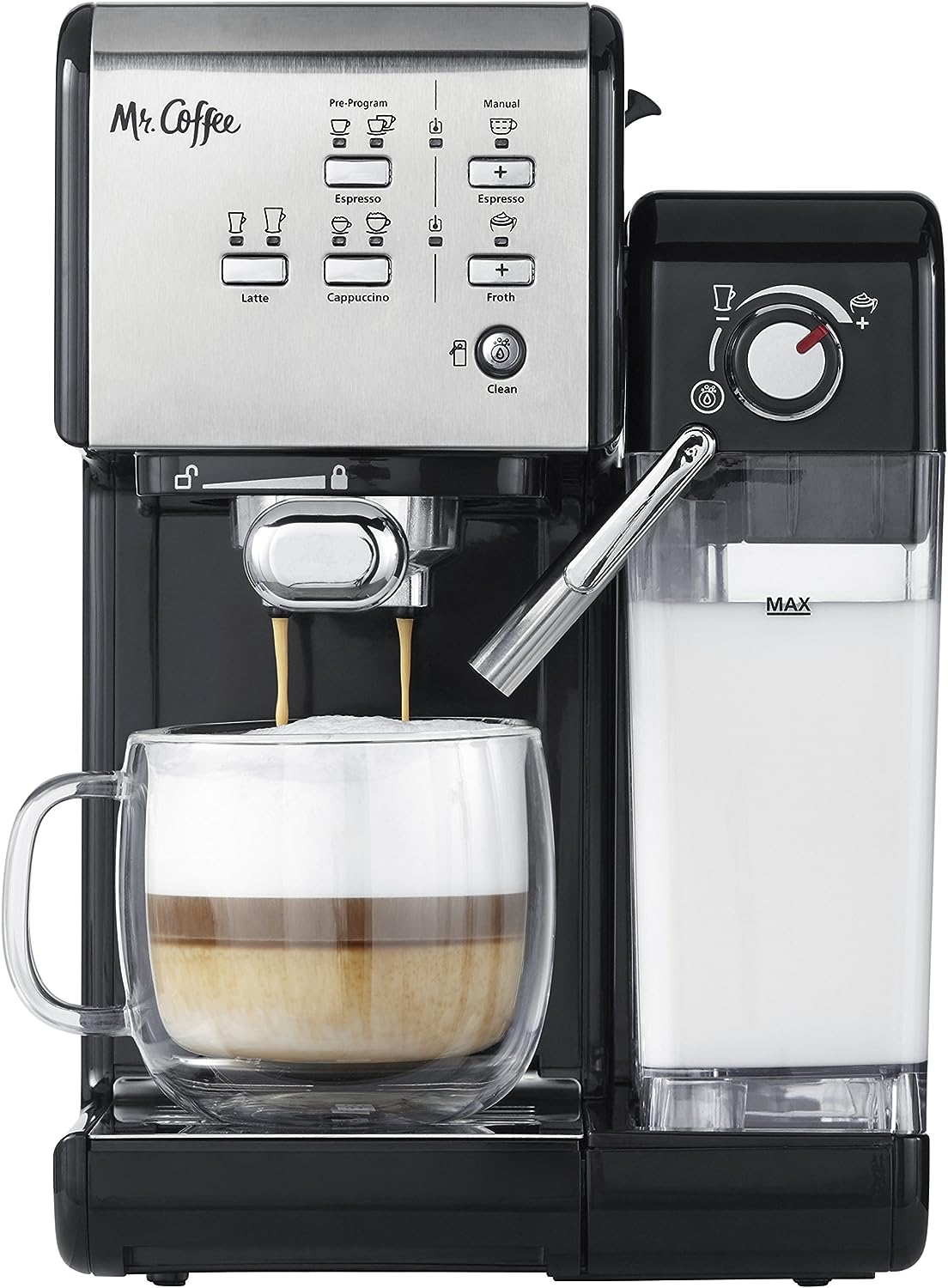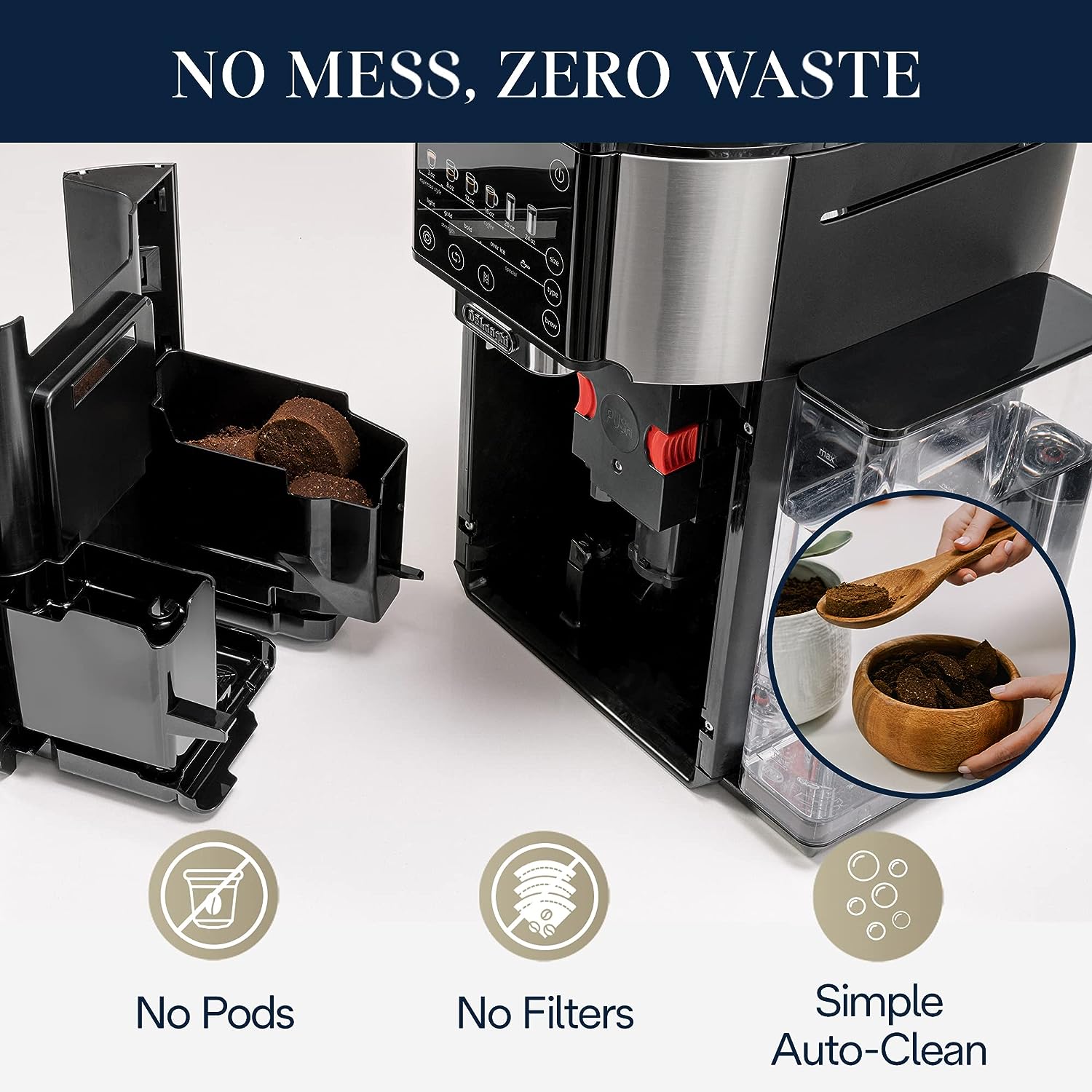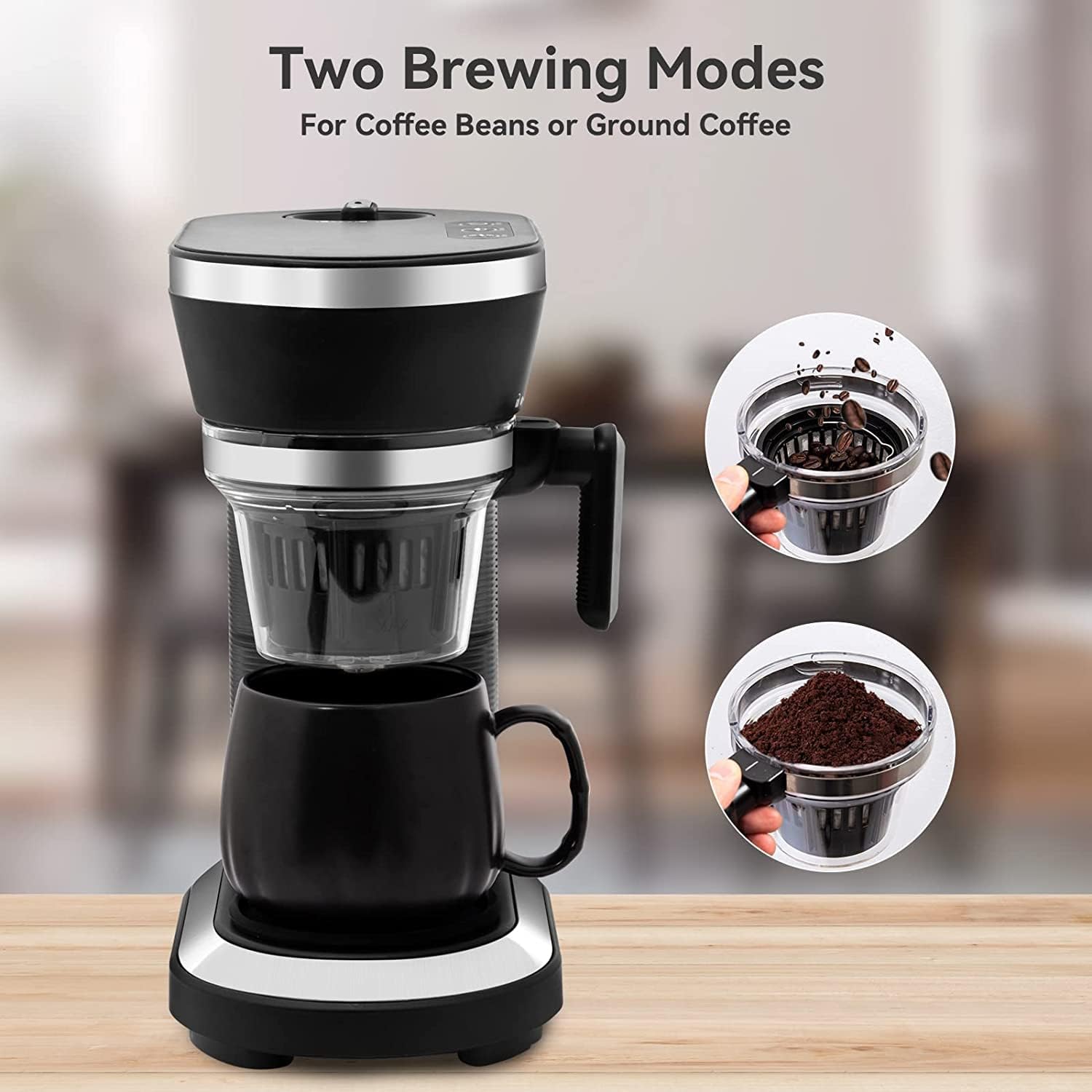If you’re looking for a quick caffeine fix, you may be wondering whether espresso or coffee is the better choice. While both drinks contain caffeine, the amount can vary depending on a few factors. In this guide, we’ll compare the caffeine content of espresso and coffee to help you make an informed decision.
Espresso and coffee are both popular drinks, but they differ in their preparation methods. Espresso is made by forcing hot water through finely-ground coffee beans at high pressure, resulting in a concentrated and strong flavor.
Coffee, on the other hand,
is made by brewing ground coffee beans with hot water, resulting in a milder and less concentrated flavor. Understanding these differences is important when comparing the caffeine content of the two drinks.
While espresso is often thought to have more caffeine than a cup of coffee, this is not necessarily true. In fact, a shot of espresso typichttps://thecoffeecarte.com/how-much-caffeine-in-a-shot-of-espresso/ally contains less caffeine than a cup of coffee. However, because espresso is more concentrated, it may feel like it has more caffeine.
Additionally,
many coffee shops serve larger sizes of espresso drinks, such as lattes and cappuccinos, which can contain more caffeine than a standard cup of coffee. Ultimately, the caffeine content of both espresso and coffee can vary depending on factors such as the type of beans used and the brewing method.
Espresso and coffee are two popular caffeinated beverages, but which one has more caffeine? This comparison table explores the amount of caffeine in espresso vs coffee, the brewing methods used to make each drink, and other factors that affect caffeine levels.
| Factor | Espresso | Coffee |
|---|---|---|
| Caffeine content | Higher caffeine level | Lower caffeine level |
| Shot size | 1-2 ounces | 8 ounces |
| Brewing method | Espresso machine | Drip coffee maker |
| Grind | Fine | Coarse |
| Roast level | Dark | Varies |
| Serving size | One shot | One cup (8 ounces) |
| Popular drinks | Shot of espresso | Black coffee |
| Latte |
Espresso typically contains a higher concentration of caffeine than regular brewed coffee. A single shot of espresso (1-2 ounces) contains approximately 63 mg of caffeine, while an average eight-ounce cup of coffee contains between 12-16 mg of caffeine. Drip coffee is brewed using a drip coffee maker, while espresso is made using an espresso machinehttps://thecoffeecarte.com/how-long-should-you-wait-before-plunging-your-french-press/. Espresso is typically made with a fine grind and dark roast, while coffee can vary in grind and roast level. A cup of black coffee is a popular way to consume coffee.
Measuring caffeine content in espresso vs coffee.
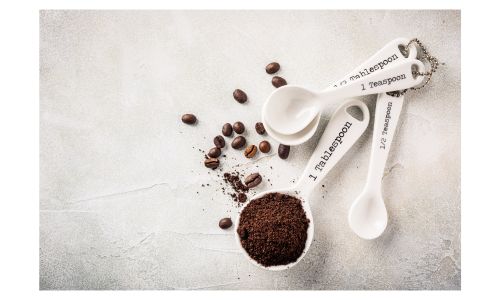
When it comes to measuring caffeine content, it’s important to note that the amount can vary depending on factors such as the type of coffee bean, the roast level, and the brewing method.
Espresso typically contains a higher concentration of caffeine than regular brewed coffee. A single shot of espresso (1-2 ounces) contains approximately 63 mg of caffeine, while an average eight-ounce cup of coffee contains between 12-16 mg of caffeine. Drip coffee is brewed using a drip coffee maker, while espresso is made using an espresso machine. Espresso is typically made with a fine grind and dark roast, while coffee can vary in grind and roast level. A cup of black coffee is a popular way to consume coffee.
| Factor | Espresso | Coffee |
|---|---|---|
| Brewing method | Espresso machine | Drip coffee maker |
| Grind | Fine | Coarse |
| Roast level | Dark | Varies |
| Shot size | 1-2 ounces | N/A |
| Amount of caffeine | 63 mg per ounce | 12-16 mg per ounce |
| Amount of coffee used | 7-9 grams per shot | 10-15 grams per cup |
| Serving size | One shot | One cup (8 ounces) |
| Espresso drinks | Latte, cappuccino, | N/A |
| americano, macchiato | ||
| Caffeine intake | Depends on | Depends on |
| the number of shots | amount of coffee used | |
| and drinks consumed |
Caffeine in Espresso: The Numbers
On average, a shot of espresso contains around 63 milligrams of caffeine, while an 8-ounce cup of coffee contains around 95 milligrams. So, while espresso is more concentrated, coffee typically has more caffeine overall.
Factors that affect caffeine levels in both drinks.
As mentioned, there are several factors that can affect the caffeine levels in both espresso and coffee. The type of coffee bean used, the roast level, and the brewing method can all play a role. For example, a darker roast coffee may have less caffeine than a lighter roast, as the roasting process can break down some of the caffeine molecules.
Additionally, the brewing method can impact caffeine levels – a longer brewing time can result in more caffeine being extracted from the beans.
How to choose between espresso and coffee based on caffeine content.
If you’re looking for a quick caffeine boost, espresso may be the way to go. While a single shot of espresso typically contains less caffeine than a cup of coffee, the concentrated nature of espresso means that you can consume it quickly and easily.
On the other hand, if you prefer a slower, more leisurely caffeine experience, coffee may be the better choice. With a larger volume of liquid, coffee can be sipped and enjoyed over a longer period of time. Ultimately, the choice between espresso and coffee comes down to personal preference and the desired caffeine experience.
Other health benefits and considerations for both drinks.
While caffeine content may be a major factor in choosing between espresso and coffee, it’s important to consider other health benefits and considerations as well. For example, coffee has been linked to a reduced risk of several diseases, including type 2 diabetes, liver disease, and Parkinson’s disease. Espresso, on the other hand, may be easier on the digestive system for some people due to its lower acidity. It’s also worth noting that both drinks can have negative effects if consumed in excess, such as increased heart rate and anxiety. As with any food or beverage, moderation is key.
Conclusion
While espresso contains more caffeine per ounce than coffee, the serving size is much smaller, resulting in a lower amount of caffeine overall. However, some espresso drinks like lattes and cappuccinos may contain multiple shots of espresso, which can increase the caffeine intake.
Coffee aficionados may prefer coffee over espresso because of the variety of brewing methods available, such as French press, pour-over, and cold brew. These methods can result in different levels of caffeine in the final product. For example, cold brew coffee is brewed using a longer steeping process, which can result in a higher concentration of caffeine.
When it comes to caffeine intake, the amount of coffee used and the serving size play a significant role. While a single shot of espresso contains more caffeine than an average cup of coffee, a double shot of espresso or multiple espresso drinks can result in a higher caffeine intake. Similarly, a larger serving size of coffee or multiple cups can also increase caffeine intake.
Overall, espresso has more caffeine per ounce than coffee, but the serving size is smaller. The amount of caffeine in coffee can vary based on the type of roast, brewing method, and serving size. Both drinks have their own unique brewing methods, and coffee has a wider variety of brewing methods available. Ultimately, the amount of caffeine consumed depends on the individual’s preference, the serving size, and the amount of coffee or espresso consumed.
